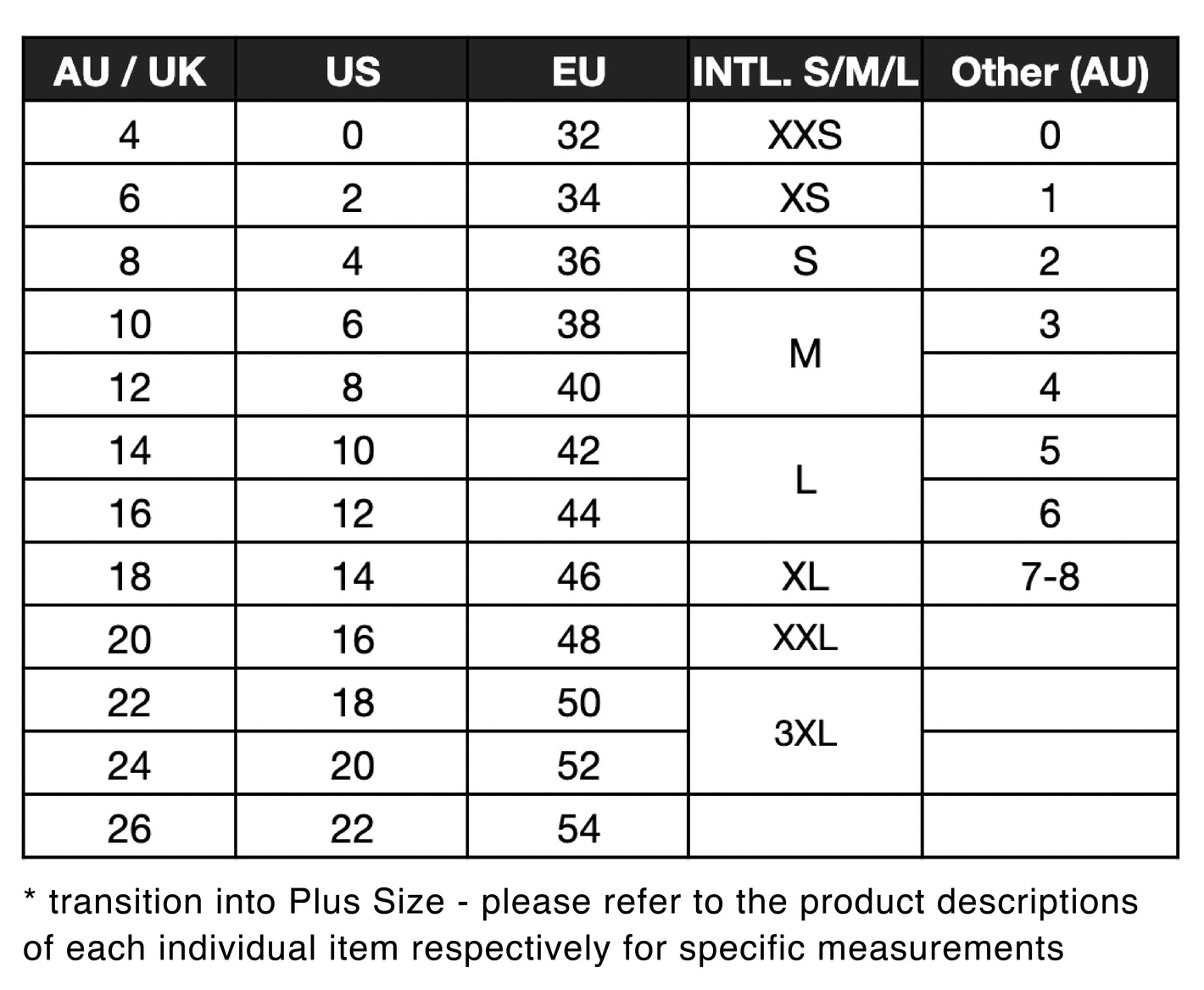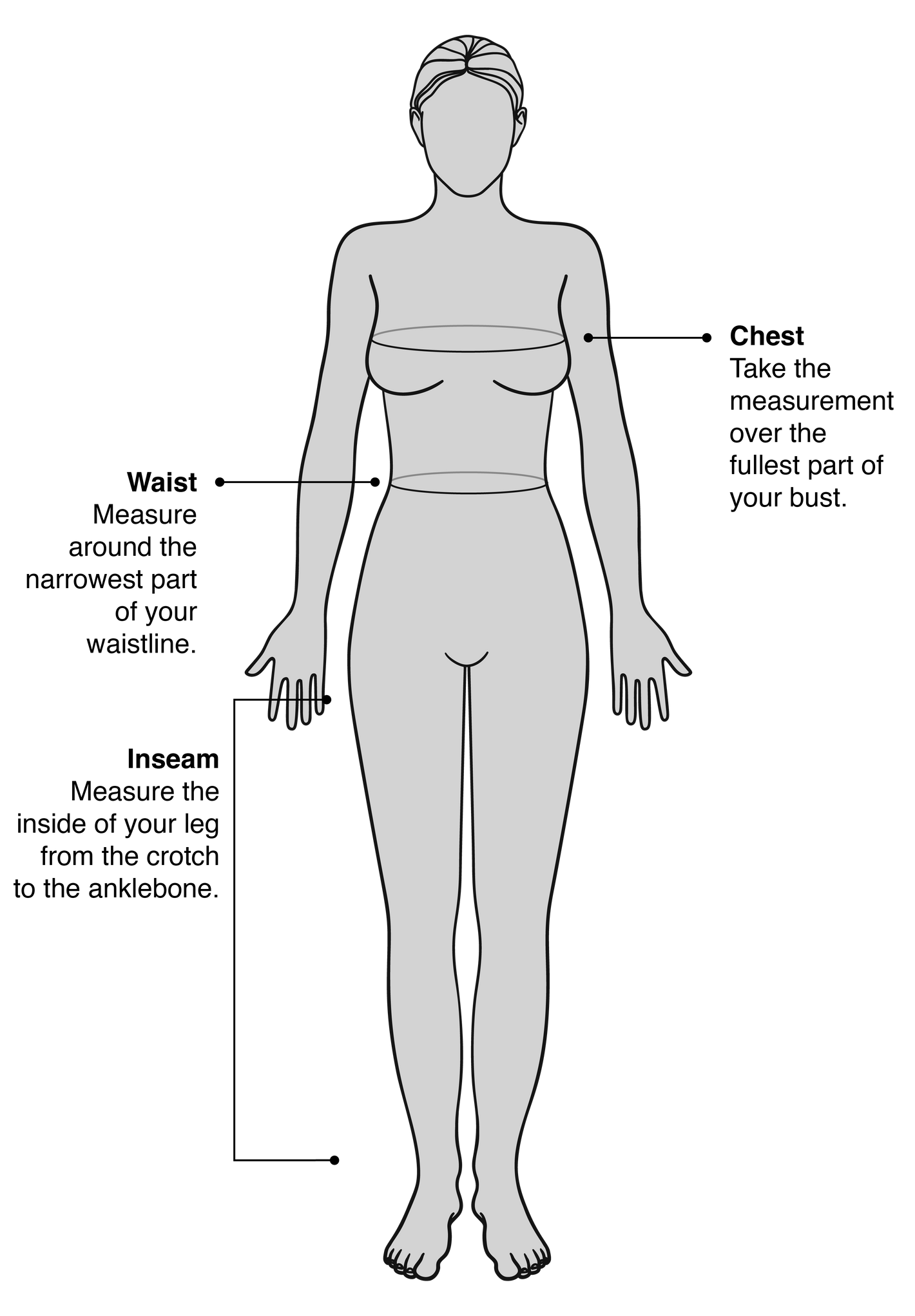Shopping for women's clothing across international borders can be exciting but daunting, especially when it comes to understanding size conversions. Whether you're ordering online or browsing in-store, having a clear grasp of how women's clothing sizes translate between the United States and Australia is essential for finding the perfect fit. This comprehensive guide aims to demystify women's clothing size conversions from US to Australian standards, providing you with the knowledge needed to shop confidently and comfortably.
Identifying Women's Clothing Sizes: US, UK, or AU?
Women's clothing sizes can vary significantly between countries, making it crucial to familiarize yourself with the sizing systems used in both the United States and Australia. One of the initial challenges shoppers face is determining which sizing system a particular garment follows. At times, the size displayed on the product title might indicate an AU size, which generally aligns with UK sizing. However, the size on the price tag, especially in cases of international brands, might reflect US or EU sizing. To alleviate confusion, online retailers often recommend referring to additional measurements provided for each item.

For instance, if you're eyeing a dress labeled AU size 10, it might correspond to a US size 6 or a UK size 10. Yet, it's always prudent to double-check measurements, as sizing conventions can vary across brands and regions.
In the US, women's clothing sizes typically range from XS to XXXL or 0 to 20 and beyond, with variations for petite, regular, and plus sizes. Australian sizing follows a similar numerical system but may also include additional descriptors like "AU" or "AUS" to denote the country of origin.
Australian Clothing Size Conversion Chart Factors
Converting women's clothing sizes from US to Australia involves considering the differences in sizing standards, body proportions, and fit preferences between the two regions. While exact conversions may not always be possible due to these variations, the following factors can help guide you through the process:
-
Use Conversion Guides: While conversion guides can offer general guidance, they should be used as a starting point rather than a definitive answer. Factors such as fabric stretch, garment style, and individual body shape can all affect how clothing fits, so it's essential to try on items whenever possible or refer to customer reviews for additional insights.
Here is the guide that SwapUp tries to provide to help you adjust with your body. We recommend that you check the size guide of each brand.


- Consider Brand Variations: Keep in mind that sizing can vary between brands and designers, even within the same country. Some brands may run smaller or larger than others, so it's essential to be flexible and open-minded when selecting sizes across different labels.
-
Understanding Fit: Does It Run Large or Small?
Another common query revolves around the fit of a particular garment. Does it run large, small, or true to size? This question doesn't have a one-size-fits-all answer. Factors such as fabric stretch, design, and individual body shape can significantly influence how a piece of clothing fits.
While some items may run larger than expected, others might fit snugly. It's essential to consider personal preferences and body type when assessing fit. Online reviews and customer feedback can also offer valuable insights into how a garment tends to fit on different individuals.
Measuring Chest/Bust: The Flat Lay Method
To provide shoppers with accurate sizing information, many online retailers employ the flat lay method to measure the chest or bust of a garment. This involves laying the item flat and measuring the distance from underarm to underarm, then doubling that measurement. By providing this detail, shoppers can better gauge how a garment will fit across the chest area.

Dealing with Tight or Loose Fits
Occasionally, shoppers may receive an item that feels tighter or looser than expected for the indicated size. This discrepancy can stem from variations in sizing standards adopted by different brands during manufacturing.
As retailers, our aim is to provide customers with as much information as possible to make informed decisions. While we sell items as received from manufacturers, we understand the importance of transparency. That's why we go the extra mile to furnish detailed measurements, enabling buyers to select sizes that align with their preferences and body measurements.
In Conclusion
Navigating women's clothing size conversions from US to Australia requires attention to detail, flexibility, and an understanding of the factors that influence fit. By consulting size charts, considering sizing discrepancies, and using conversion guides as a reference, you can shop with confidence and find clothing that flatters your figure, no matter where you are in the world. Remember to prioritize comfort and fit above all else, and don't hesitate to reach out to customer service for assistance if needed. With the right approach, you can enjoy a seamless shopping experience and build a stylish wardrobe that reflects your personal taste and preferences.




